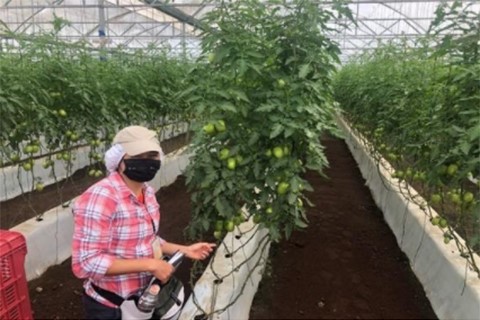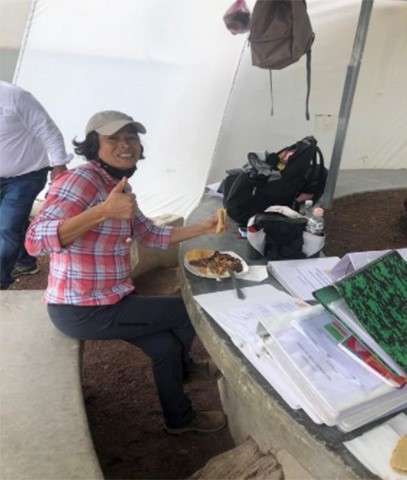Global CSO Steps Up, Performing Produce Inspections during the Pandemic
A version of this story was previously published in the Office of Global Policy and Strategy (OGPS) July 2021 Global Update newsletter.
In March of 2020, the FDA announced a temporary postponement of all domestic and foreign routine surveillance facility inspections, while continuing mission-critical inspections around the globe when possible. While the FDA conducted inspections in about 30 countries, this precaution resulted in a hiatus of produce inspections in the Latin America region.
Due to ongoing pandemic-related foreign travel restrictions, consumer safety officers (CSOs) in the Office of Regulatory Affairs (ORA) were limited in their ability to conduct most foreign inspections during this time. Thankfully the Office of Global Policy and Strategy’s (OGPS) Latin America Office (LAO) could turn to a consumer safety officer in Mexico City to conduct the FDA’s first inspection in the Latin America region after more than a year. Janete Oliveira was fully trained in produce-related operations, had experience conducting produce inspections and outbreak investigations, and had become an expert in conducting dietary supplement inspections.
She resumed inspections on May 24 by performing a high-priority assignment of a dietary supplement firm that was, incidentally, on import alert for issues related to methanol contamination in hand sanitizers. She then turned to produce, conducting a papaya inspection in the state of Chiapas and two other inspections in the state of Puebla. Since over 45% of the produce consumed in the U.S. comes from Mexico, these were considered high-priority inspections.
Because growing season ends in September, Oliveira’s inspectional work was expected to take her all over the country of Mexico to visit as many farms as possible in the remainder of the season. To be as safe as possible, in addition to following CDC and FDA safety guidelines, she created and implemented a locally-oriented COVID-19 questionnaire that helped her better gauge the on-site COVID-19 safety protocols of each facility before her visit. The document covered the wearing of masks and the number of staff who would be present during an inspection. It also helped assure the firms that she would be fully compliant with their own protocols.
“It’s been really nice to be able to go back to the field and perform these inspections,” she said, adding that she was appreciative of the leadership in LAO, in the Office of Global Policy and Strategy, and in ORA who “believe that I can put out some quality work without the need to wait until the next growing season.”
Oliveira became fluent in Spanish during college, which is useful as she conducts produce inspections in Spanish. She says firms are grateful to be able to explain their documents and processes, and answer questions in their native language. “During a regulatory inspection, I tend to pull up the Spanish version of the Produce Safety Rule on my computer and they appreciate that because they can understand it,” she said.
Throughout her 12-year career with the FDA, one thing Oliveira has admired about foreign companies is their willingness to reach compliance, recognizing that a poor outcome could affect their livelihood. Consequently, companies are serious about learning the rules, which means that part of her job is being an educator. “Everything that they can learn from me, to them, is a plus,” she said.
This type of work requires being flexible and adaptable. Janete Oliveira will continue to support ORA with other high-priority assignments while maintaining her own workload. To be sure, Oliveira, herself, performed all of the FDA’s overseas produce inspections for fiscal year 2021. Throughout the pandemic, the value of her in-country inspectional support has been immeasurable as the FDA continues its resiliency in planning domestic and international inspections, with the goal of ensuring a safe food supply in the United States.



